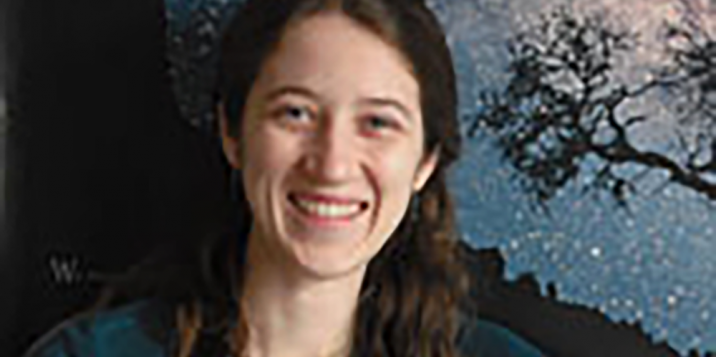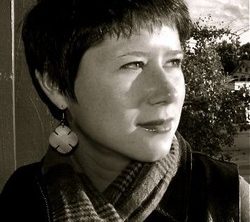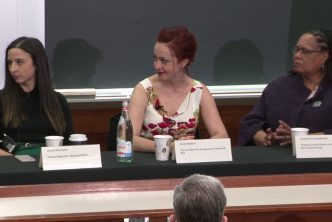A few decades ago, black holes were a theoretical quirk. Highly probable on paper, they were doubted more than touted; many scientists didn’t believe they even existed. Today, however, black holes appear to be everywhere, from behemoths in the cores of almost every galaxy to more modest, stellar-mass objects spattering the Milky Way’s arms. Astronomers suspect that super massive black holes like Sagittarius A* (the compact dark object at the center of our galaxy) may be a cosmic mafia manipulating the galaxies that house them, possibly even controlling galaxy growth. If this suspicion turns out to be true, black holes may have had more influence on cosmic structure than any other object. This thesis explores how black holes became science from pseudoscience, focusing on three shifts in astronomy: detailed proper motion measurements of stars zooming around the galactic center, the discovery of the apparent relationship between galaxies and their central super massive black holes, and the development of working numerical simulations of black hole mergers. These three steps have led up to the Event Horizon Telescope, a project which will combine radio telescopes around the world to peer into the innermost spacetime warps surrounding Sagittarius A*. If all goes well, astronomers may finally glimpse the “silhouette” of the Milky Way’s central super massive black hole within the next decade, directly testing whether Einstein’s theory of general relativity is right.
Heart of Darkness

For years, many scientists didn’t believe black holes even existed. Today, however, black holes appear to be everywhere.




